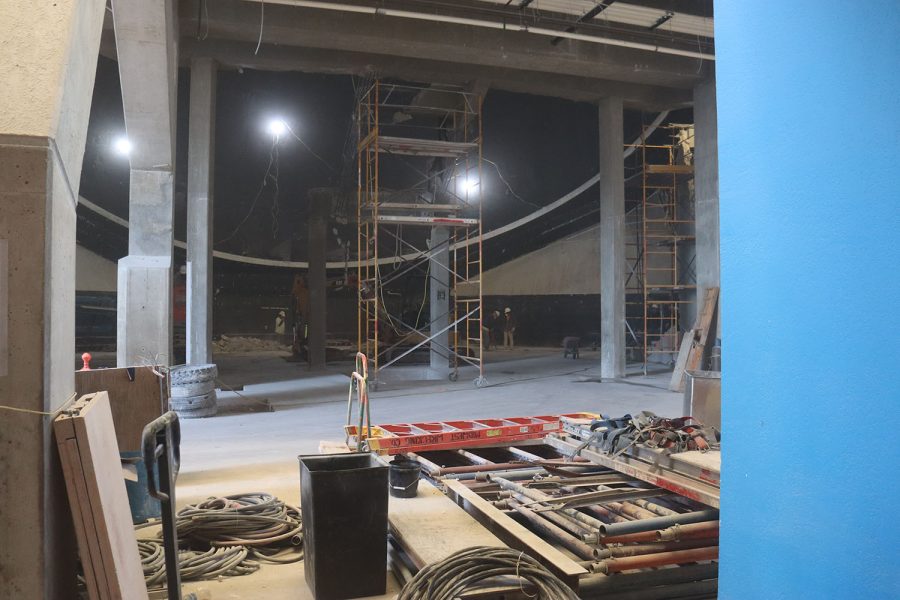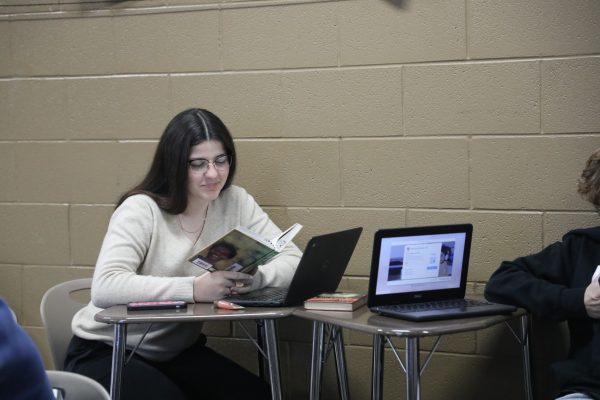Oklahoma: Looking Among the Stars
The first-floor view from a viewing window into the construction of Love’s Planetarium. Construction started in December and is slated to be done in the fall of 2024.
In the fall of 2024, Science Museum Oklahoma will open its new Astronomy Wing and unveil Love’s Planetarium, a cutting-edge exhibit for astronomers and children alike. The new planetarium will host a multitude of shows using the previously unused space where the Omnidome used to be.
“We would love to be able to have other things in the Planetarium: special live shows, have speakers come out and have musical performances,” SMO Planetarium Educator Astoria H. said. “We really want our planetarium to be very multifunctional.”
Fundraising for the new planetarium began in 2019 with the One Giant Leap Campaign in collaboration with Love’s Travel Stops, backed by a $3.5 million donation. One Giant Leap brought people like Bill Nye to fundraise for the project. In December 2022, construction commenced at the new site.
“Children and families of Oklahoma are on their way to having the universe in the palm of their hands’ thanks to the recently announced groundbreaking of Love’s Planetarium at the Science Museum Oklahoma,” From The Love’s Website. “Bringing cutting-edge technology and innovative learning tactics to Oklahoma, the new planetarium will give its audiences a front-row seat to a night sky many people never experience outside of a planetarium.”
Surrounding the planetarium will be an astronomy wing displaying artifacts and exhibits from Oklahoma’s rich history in space on loan from the Smithsonian and NASA.
“When complete, the planetarium and surrounding astronomy wing will be among the best equipped in the world,” according to The One Giant Leap Website.
The Love’s Planetarium will host cutting-edge technology only available in a handful of planetariums around the world.
“The planetarium will feature both an optical and digital projector creating a realistic night sky of 9,500 bright stars, 56 nebulae and clusters of stars for binocular viewing,” from The One Giant Leap Website. “The equipment can generate approximately 8 million detailed stars to recreate the Milky Way, all with high-intensity LEDs and fiber optics.”
The Science Museum’s mission statement is “We Enrich People’s Lives by Revealing the Wonder and Relevance of Science,” and this planetarium can do just that.
“The Science Museum is a true educational gem serving children and families in Oklahoma, and we are excited to see how this new planetarium adds new and exciting ways for children to learn,” Jenny Love Meyer, Chief Culture Officer and Executive Vice President of Love’s, is quoted as saying on the Love’s Travel Stop Website.





